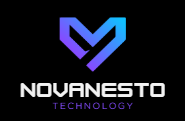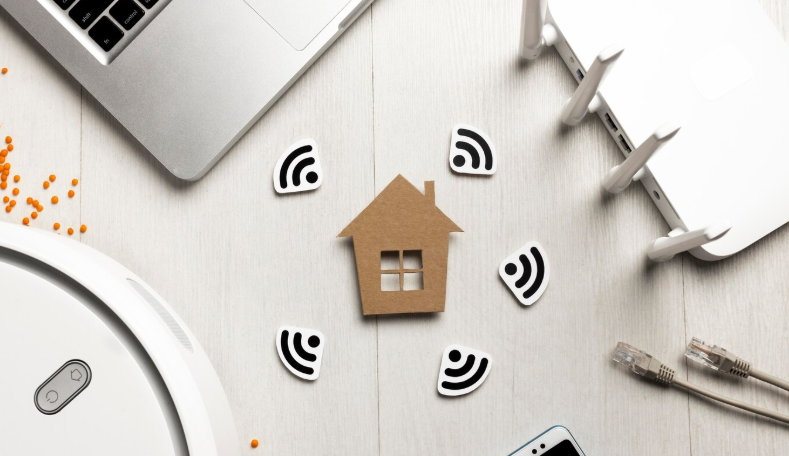In recent years, 3D visualization has become a transformative force across multiple industries, revolutionizing the way designers create and present their ideas. From architecture to product design, advertising to entertainment, 3D visualization allows professionals to bring concepts to life with a level of precision, realism, and interactivity that was once unimaginable. This article explores the profound impact of 3D visualization on design, its benefits, and its applications in various sectors.
1. What is 3D Visualization?
3D visualization is the process of creating graphical representations of objects, scenes, or concepts in three-dimensional space. Unlike traditional 2D design, 3D visualization allows designers to build virtual models that can be viewed from different angles, manipulated, and explored in real-time. The technology relies heavily on specialized software such as AutoCAD, Blender, 3ds Max, SketchUp, and Unreal Engine to create detailed and accurate renderings.
These visualizations can take many forms, including static images, animations, virtual reality (VR) models, and interactive designs, all of which offer a more immersive and tangible experience than traditional design methods.
2. The Impact of 3D Visualization on Design
a) Enhanced Creativity and Flexibility
One of the key advantages of 3D visualization is the enhanced level of creativity it offers designers. Unlike 2D sketches or blueprints, which are often limited in their ability to convey spatial relationships, 3D models allow designers to experiment with shapes, materials, and layouts in real time. The ability to manipulate a design virtually enables greater flexibility in the creative process, encouraging innovation and the exploration of new ideas.
- Example: Architects can quickly modify building designs, testing different facades, structural elements, and layouts before committing to a final version, all within the same virtual model.
b) Realistic Representation of Ideas
3D visualization offers a level of realism that traditional design methods simply cannot match. With advanced rendering techniques, designers can create lifelike models that mimic real-world textures, lighting, and materials. This realistic representation makes it easier for clients, stakeholders, and teams to understand the design concept and make informed decisions.
- Example: In product design, a 3D model of a consumer product (such as a smartphone or car) can showcase its appearance, functionality, and ergonomics, giving clients a clear understanding of how the final product will look and feel, even before physical prototypes are created.
c) Speed and Efficiency in Iterations
The iterative process is essential in design, but traditional methods often require time-consuming revisions and prototypes. With 3D visualization, designers can make quick changes to their models, reducing the time spent on iterations and allowing for faster decision-making. Changes can be made in a virtual environment, reducing the need for physical models and minimizing material costs.
- Example: In architecture, a designer might change the layout of a building or alter the color of a material, and see the updated results in seconds, significantly speeding up the design process.
d) Improved Communication and Collaboration
3D models facilitate better communication and collaboration between teams and clients. Instead of relying on static images or verbal descriptions, designers can present immersive 3D models that allow stakeholders to interact with the design directly. This level of interaction ensures that everyone involved can visualize the final product from different perspectives, which reduces misunderstandings and miscommunication.
- Example: In real estate development, developers can create virtual walkthroughs of buildings or properties, enabling potential buyers to explore the space before it is even built.
3. Applications of 3D Visualization Across Industries
a) Architecture and Urban Design
In architecture, 3D visualization has revolutionized the way buildings and urban spaces are designed, planned, and marketed. Architects use 3D models to create realistic renderings of buildings, neighborhoods, and public spaces. This enables them to test different design possibilities, understand the effects of light and shadows, and make more informed decisions about materials and construction techniques.
- Virtual Reality (VR) in Architecture: VR allows architects to create virtual tours of buildings, allowing clients to experience the space before construction begins. These immersive experiences help stakeholders make more confident decisions.
- Example: Large-scale urban projects, such as city master plans, can be visualized in 3D, providing city planners with a better understanding of how different structures will impact the environment and the community.
b) Product Design and Manufacturing
In product design, 3D visualization is essential for testing and prototyping. Designers can create digital prototypes of products such as electronics, automotive components, and consumer goods to test their functionality, aesthetics, and user experience. This process saves time and reduces the costs associated with traditional prototyping.
- Rapid Prototyping: 3D models can be sent directly to 3D printers, enabling the creation of physical prototypes in a fraction of the time it would take using traditional methods.
- Example: Automotive companies like Tesla use 3D visualization to design vehicle components and simulate how they will perform under real-world conditions, reducing the need for physical testing.
c) Interior Design and Real Estate
For interior designers and real estate professionals, 3D visualization allows clients to see the potential of a space before making decisions. Interior designers can create virtual models of rooms and buildings, showcasing different layouts, furniture arrangements, color schemes, and lighting setups.
- Example: Real estate developers can use 3D visualization to market properties by showing potential buyers virtual tours of apartments or homes, providing a much more immersive experience than traditional photographs.
d) Advertising and Marketing
In the realm of advertising and marketing, 3D visualization is used to create stunning visuals for campaigns. Products can be showcased in a highly realistic way, allowing customers to interact with or explore them in detail. These visuals are particularly valuable for e-commerce businesses that want to give their customers a realistic view of products before purchasing.
- Example: A company selling furniture online might use 3D models to allow customers to virtually place items in their homes to see how they fit with existing decor.
e) Entertainment and Gaming
The entertainment and gaming industries have long relied on 3D visualization to create compelling worlds, characters, and animations. From video game development to movie production, 3D modeling is essential for creating dynamic environments and realistic characters.
- Example: In film production, 3D visual effects (VFX) are used to create entire virtual worlds or simulate complex action sequences that would be difficult or impossible to capture in real life.
4. The Future of 3D Visualization
As technology continues to advance, the capabilities of 3D visualization will only improve. Here are some trends to watch for:
a) Increased Integration with Augmented Reality (AR) and Virtual Reality (VR)
The combination of 3D visualization with AR and VR technologies is expected to further enhance user interaction with designs. VR will allow users to fully immerse themselves in virtual environments, while AR will enable the overlay of 3D models onto real-world settings through smartphones and smart glasses.
- Example: Designers could use AR to allow clients to view 3D models of furniture or cars in their own homes or showrooms through their phone screens.
b) Real-Time Collaboration and Cloud-Based Tools
With the rise of cloud-based design tools, 3D visualization will become even more collaborative. Teams from around the world will be able to work on the same design simultaneously, offering real-time feedback and making immediate updates.
- Example: Software like AutoDesk and Blender are moving towards cloud integration, enabling teams to co-create and edit 3D models in real time, regardless of their geographical locations.
c) Increased Use of Artificial Intelligence (AI)
AI will play a key role in automating aspects of the 3D design process, from generating realistic textures to predicting design preferences based on user data. AI-powered tools could also assist in creating more intuitive user interfaces for designers and clients.
- Example: AI could be used to automatically generate design suggestions based on previous work or user preferences, streamlining the creative process.
5. Conclusion
3D visualization is revolutionizing the world of design by offering new levels of creativity, efficiency, and realism. From architecture and product design to marketing and entertainment, it provides designers with powerful tools to bring their ideas to life. As technology continues to evolve, we can expect even more exciting innovations in 3D visualization, further changing the way we create, experience, and interact with the world around us. The possibilities are endless, and the impact on design is profound.


